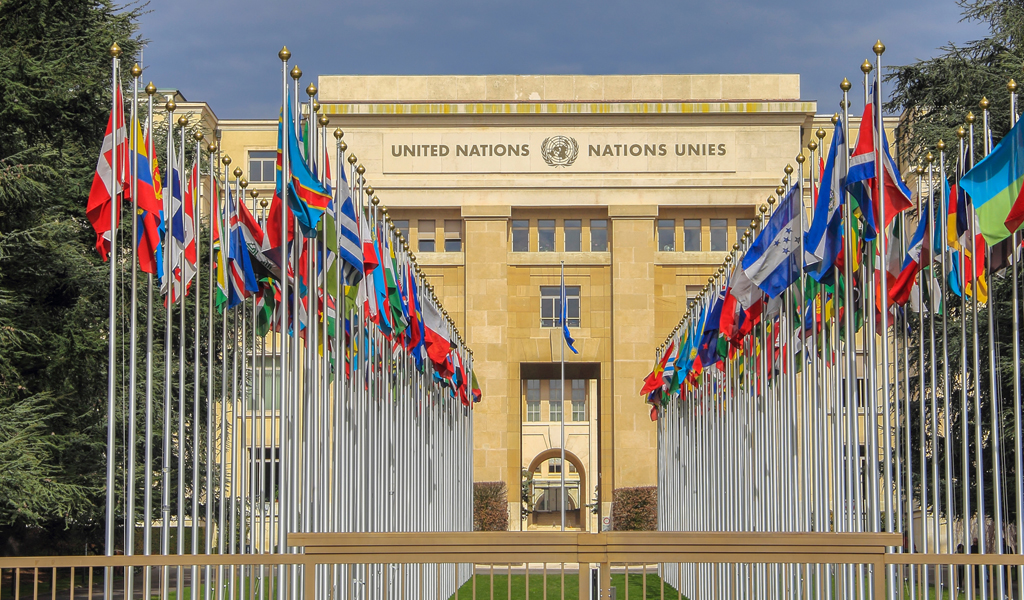The UN human rights treaties separate rights into categories, misrepresenting the reality of some cases of discrimination. There are cases where Indigenous people have sought justice for states violating their cultural rights through the UN Committee on Economic, Social and Cultural Rights (CESCR). Indigenous women have similarly sought justice for gendered discrimination through the UN Committee on the Elimination of All Forms of Discrimination against Women (CEDAW).

But can all instances of violated rights be neatly sorted into separate categories? What if an Indigenous woman experiences discrimination and has her rights violated due to both her gender and her status as an Indigenous person? In this blog post, Sofie Juul Nielsen (MA Gender and Development) questions if a new structure is necessary.
This is one of a series of blogs supported by the IDS Alumni Office and written by IDS students and PhD researchers from the 2024-2025 academic year. Click below to read the full blog.

